Canal JDP
On 3rd December 2022, during the Dermatology Days of Paris (JDP),
organised by the French Society of Dermatology,
Marie-Claude Boiteux interviewed Pr Ludovic Martin for “Canal JDP”:
On 3rd December 2022, during the Dermatology Days of Paris (JDP),
organised by the French Society of Dermatology,
Marie-Claude Boiteux interviewed Pr Ludovic Martin for “Canal JDP”:
29th November 2022 :
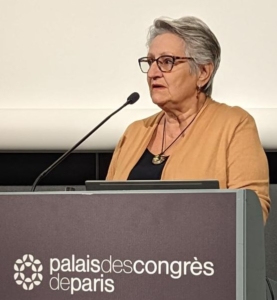
4th Conference of the FFP on the theme « Health Journey in Dermatology »
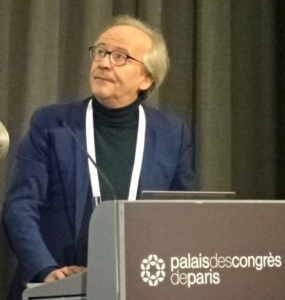
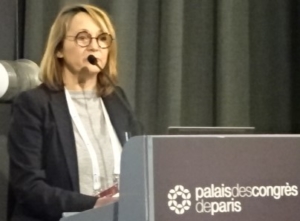
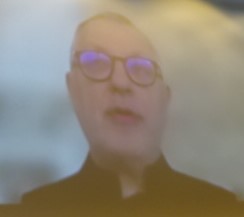
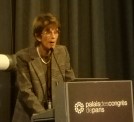 Pr Dupin, Chair of the French Society of Dermatology (SFD) and Pr Beylot-Barry, presented the challenges and prospects, further developped by Dr Sulimovic, Chair of the National Union of Dermatologists-Venereologists (SNDV), specifically regarding access to dermatologists in town (rather than in hospital). For this part, Pr Bodemer focused on issues regarding Paediatric Dermatology.
Pr Dupin, Chair of the French Society of Dermatology (SFD) and Pr Beylot-Barry, presented the challenges and prospects, further developped by Dr Sulimovic, Chair of the National Union of Dermatologists-Venereologists (SNDV), specifically regarding access to dermatologists in town (rather than in hospital). For this part, Pr Bodemer focused on issues regarding Paediatric Dermatology.
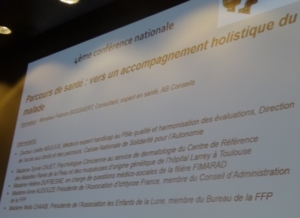
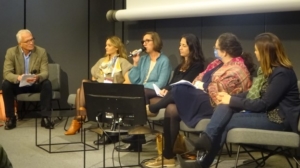
We ended the morning with a roundtable dedicated to “Holistic care of the Patient”.
We spent the afternoon in workshops to reflect on the synthesis of local meetings organised around the review of the Local Projects for Health. A great, rich, participative and interesting day, as speakers and attendees said in their comments.
And the next day we opened the FFP Stall for the Paris Dermatology Days
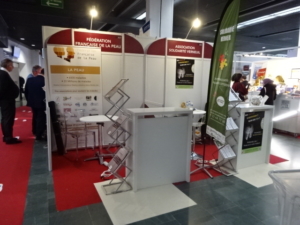
24th & 25th November 2022 :
National and Scientific Days of the FIMARAD network for rare skin disorders.
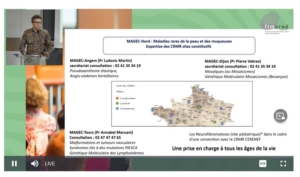
Besides the important progress made by the network’s members, together with patient representatives in the workgroups,
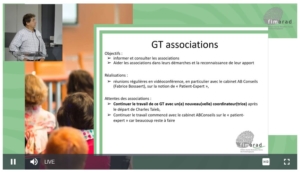
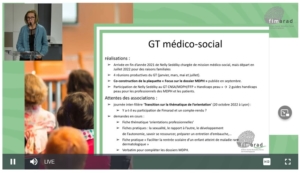
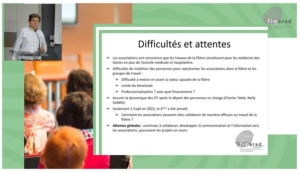
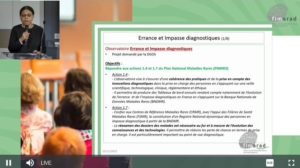
it was the opportunity to strengthen the collaboration between FIMARAD and the French Federation for Skin (FFP).
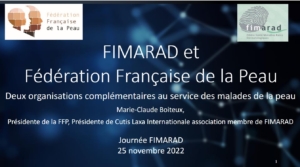
28th February 2022 :
Grand Angle : Journal Radiorg (Belgium)
Testimony with Amber’s mother on the occasion of Rare Disease Day
Winter 2022 :
La Gazette Bonsoise : Associations’ Life : Cutis Laxa Special
4 new genetic mutations were recently found:
LOX : This gene of the 5-Lysyl oxidase family is involved in initiating of cross-linking of Elastin and Collagen. The mutation leads to cardiovascular, respiratory and bone symptoms, especially fractures. This is why it was initially considered to be a new type of osteogenesis imperfecta (glass bones disorder). But the discovery of fragmented elastic fibers allowed this mutation to be included in Cutis Laxa Syndroms. It is a recessive form.
EFEMP1 (Fibulin3): The consequences, besides lax skin, of this mutation are multiple hernias and joint hypermobility as well as mild intellectual/learning disability. It is a new recessive type of Cutis Laxa.
LTBP1 : This mutation is distinguished by lax skin, inguinal hernias, craniofacial dysmorphology, various heart defects and prominent skeletal features (short stature, brachydactyly, craniosynostosis,..). It is another new recessive type of Cutis Laxa.
PI4K2A : This 4th new mutation is characterised by the following clinical signs : lax skin, involuntary movements (neurological issue), dysmorphism and intellectual/learning disability. It is also a recessive type.
A 5th new mutation has recently been found and we are longing for it to be published so we can tell you about it.
Thanks to all the researchers for their amazing work in basic knowledge of Cutis Laxa. All these findings are essential to give patients better care and offer them a better quality of life.
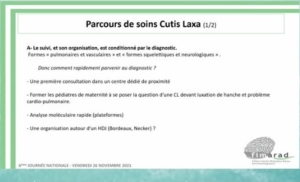
The workgroup of FIMARAD (Rare Dermatologic Disorders French Network), of which Marie-Claude Boiteux is a member, is interested in Diagnosis Odyssey. An important piece of work for Cutis Laxa was presented during the FIMARAD meeting in November.
Due to the great diversity of types and symptoms, the quality of the healthcare journey for CL patients is intimately linked to diagnosis. So, it is not enough to diagnose a Cutis Laxa one needs to be really precise about which type of CL with the help of a molecular analysis (genetic testing).
The quality of the patient’s healthcare as well as the quality of their life depend on the swiftness of the molecular diagnosis. In France, a number of systematic tests are carried out immediately after birth to evaluate the newborn’s health (hernias, tone, mobility, hips,etc)..
A table has been created associating these systematic examinations with various CL symptoms to allow a faster clinical and molecular diagnosis. So, for instance, if the systematic examination of a newborn shows hip dysplasia, the next simple step is to see if the skin is lax and the newborn has hernias to suspect ARCL2A or Geroderma Osteodysplastica. The diagnosis can then be confirmed with a genetic test. Concordance of symptoms is the first step to a faster diagnosis.
14th December 2021
Pr Bert CALLEWAERT and Pr Raoul ENGELBERT
shared the latest results of the work done by the Mendelian Connective Tissue Disorders thematic group in ERN-Skin.
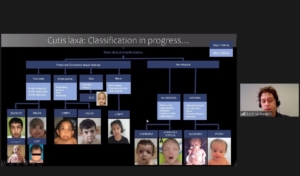
Especially regarding the latest finding on Cutis Laxa Syndroms. The classification is still in progress.
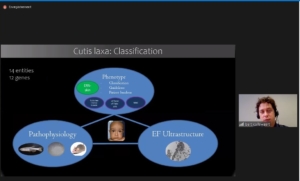
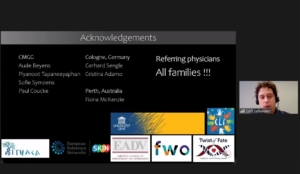
This site uses cookies. By continuing to browse the site, you are agreeing to our use of cookies.
OKLearn moreYou can read about our cookies and privacy settings in detail on our Privacy Policy Page.
Privacy Policy